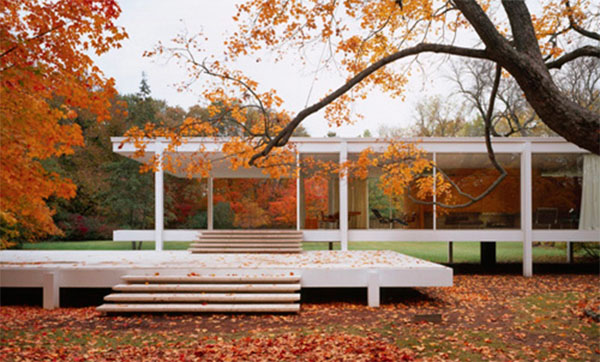Why were independent female clients such powerful catalysts for innovation in the modern house?
Women and the Making of the Modern House, written by Alice T. Friedman, is a thought-provoking book that answers this question by exploring two seemingly unrelated topics: gender roles, and architecture.
Specifically, the book focuses on 6 innovative projects, involving female clients and well-known architects. These projects are the best-known examples of unprecedented architecture that had female clientele at the forefront of each project’s innovation. It combines social and architectural history to investigate the roles played by both the architects and the clients, and explores the processes of collaboration and negotiation through which decisions about program and design were made.
A conviction shared by modern architects and their women clients was that the essence of modernity was the complete alteration of the home – its construction, materials, and interior space.
“Not only did women commission avant-garde architects to provide them with houses in which to live out their visions of a new life, but these visions rested on a redefinition of domesticity that was fundamentally spatial and physical. A powerful fusion of feminism with the forces of change in architecture thus propelled these projects into uncharted realms of originalityâ€
The 6 innovative houses are:
Hollyhock House, Los Angeles, 1919-21, by Frank Lloyd Wright for Alice Barnsdall
House 2: The Schroder House, Utrecht, the Netherlands, 1923-24, by Gerrit Rietveld for Truus Schroder
 House 3:Â Villa Stein-de-Monzie, by Le Corbusier, was constructed from 1926-1928 and it is located in Garches, France.
House 3:Â Villa Stein-de-Monzie, by Le Corbusier, was constructed from 1926-1928 and it is located in Garches, France.
House 4: Farnsworth House by Ludwig Mies van der Rohe, Plano, Illinois, 1945-51
 House 5: The Constance Perkins House by Richard Neutra in Pasadena, California, 1952-55
House 5: The Constance Perkins House by Richard Neutra in Pasadena, California, 1952-55
 House 6: Vanna Venturi House by Robert Venturi, Chestnut Hill, Pennsylvania, 1961-64
House 6: Vanna Venturi House by Robert Venturi, Chestnut Hill, Pennsylvania, 1961-64
 Stay tuned to learn more about these houses and how their women patrons of architecture were catalysts for innovation.
Stay tuned to learn more about these houses and how their women patrons of architecture were catalysts for innovation.
All photos are from Alice T. Friedman’s book.


